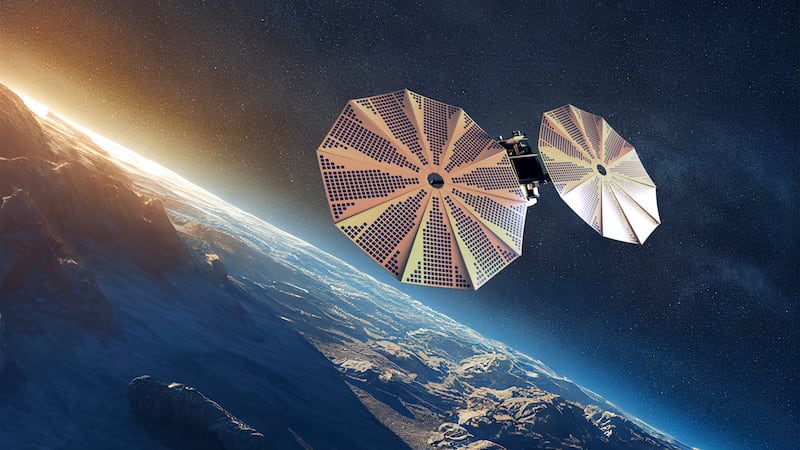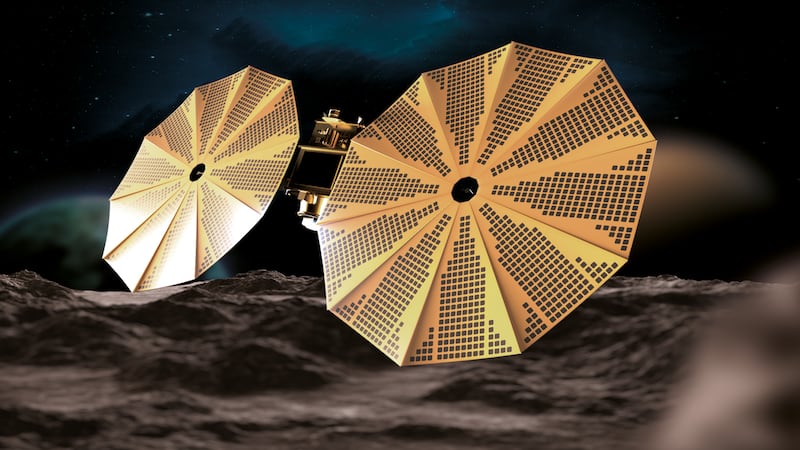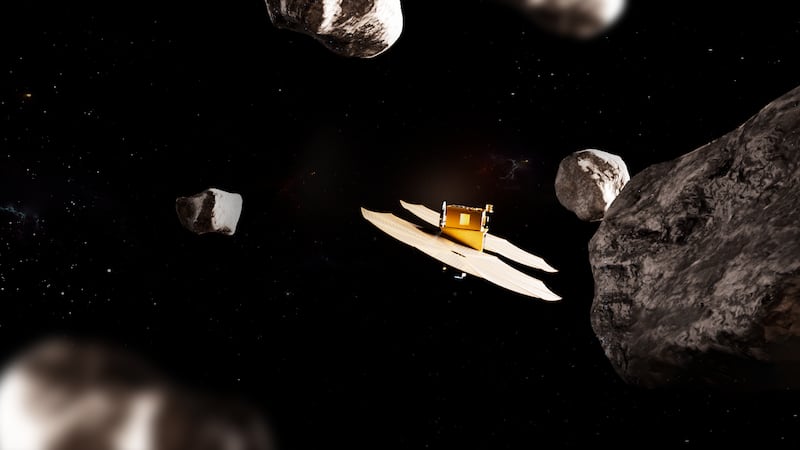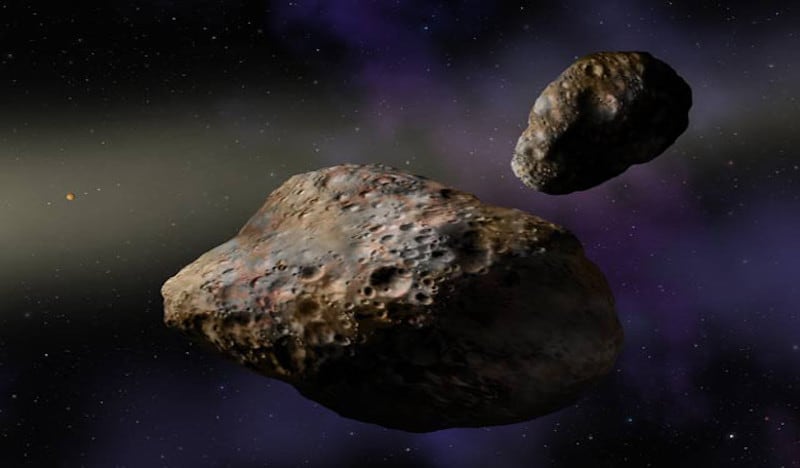The UAE's latest mission to space will see it send an autonomous spacecraft weighing 2,300kg fitted with giant foldable solar panels to an asteroid belt that lies between Mars and Jupiter.
Once there it will deploy a lander to the surface of an asteroid.
The Emirates Mission to the Asteroid Belt will launch the MBR Explorer, a spacecraft named after Sheikh Mohammed bin Rashid, Vice President and Ruler of Dubai, in 2028.
The mission to the belt was announced in 2021, but details of the spacecraft design, mission operators and science goals were released on Monday.
The spacecraft will embark on a five-billion-kilometre journey to perform flybys of six asteroids and then deploy a lander that will touchdown on the seventh.
Apart from science, EMA could also lay the ground for future asteroid resource extraction, with the asteroid belt reportedly containing $700 quintillion worth of minerals such as iron, gold and nickel.
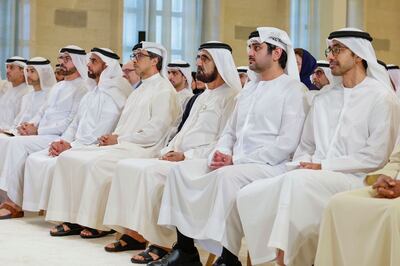
“The UAE project to explore the asteroid belt is a huge national scientific project and a unique global research and knowledge project,” said Sheikh Mohammed, announcing the mission on Twitter.
“It will include the establishment of private Emirati companies in space technology, the establishment of a ground control centre for deep space missions and the training of new Emirati graduates in this sector.
“The UAE can venture far into space, covering five billion kilometres for one reason: its belief in its youth and its empowerment of its citizens.”

Mohsen Al Awadhi, project director of the mission at the UAE Space Agency, told The National that private companies in the Emirates will be developing the mission alongside the Laboratory for Atmospheric and Space Physics in the University of Colorado Boulder on the same institution that helped build the Hope probe.
“A lot of what we achieved on the Emirates Mars Mission is basically paving the way for this follow up mission,” he said.
“We believe these are water-rich asteroids. We want to see what other resources might be available.”
The mission will take 13 years to complete overall, with six years spent developing the spacecraft followed by a seven-year flight to the belt.
Understanding the formation of solar system
Scientists are interested in the asteroid belt because it contains remnants of the solar system and could give clues into how Earth and other planets were formed.
“What we did is try to understand what is missing information-wise and what are some interesting asteroids that scientists have been considering,” Mr Mohsen said.
The seven asteroids that the UAE spacecraft will explore are 10253 Westerwald, 623 Chimaera, 13294 Rockox, 88055, 23871, 59980. The craft will then attempt to land on 269 Justitia, a mysterious rock with a reddish hue with possible origins from the distant solar system.
It will use its two cameras and two spectrometers to make observations of the space rocks.
“Justitia was really interesting because other asteroids that are from the main asteroid belt, based on the current available observations, are mostly bluish,” Mr Mohsen said.
“Maybe it's coming from beyond Pluto and now it's here in the main asteroid belt.”
A well-crafted journey to the asteroid belt
EMA has to launch in the three-week period from March 3, 2028, as there is only one opportunity to execute the mission plan.
The spacecraft will use gravitational forces from Venus, Earth and Mars to change its velocity to reach the asteroid belt.
Most of its fuel will be used during its journey between the asteroids.
The MBR Explorer will perform close flybys of up to 150km from its seven target asteroids, at speeds of up to 33,000km/h.
Its first planetary encounter with Venus is expected to take place in July 2028.
It will pass Earth almost a year later in May 2029, before making its first three flybys of Westerwald (in February 2030), Chimaera (in June 2030) and Rockox (in January 2031).

A gravity assist manoeuvre with Mars in September 2031 will send the spacecraft to its final three flybys, passing asteroids 2000 VA28 (in July 2032), 1998 RC76 (in December 2032) and 1999 SG6 (in August 2033).
From this point it will make its final thrust to Justitia, reaching the ultra-red asteroid in October 2034 and releasing its lander in May 2035.
Has the main asteroid belt been explored before?
Scientists know that the belt has water-rich asteroids because of previous missions and discoveries made by ground-based telescopes.
Nasa's Dawn spacecraft, which launched in 2007, found water-bearing minerals on the surface of Vesta, the second largest body in the asteroid belt.
It also found abundant water ice on Ceres, another large body in the belt.
Nasa's Jupiter-bound Galileo spacecraft also beamed back images of asteroids in the belt in 1991.
Nasa's Lucy mission, which launched in 2021, is set to bypass one main belt asteroid and seven Trojan asteroids.
